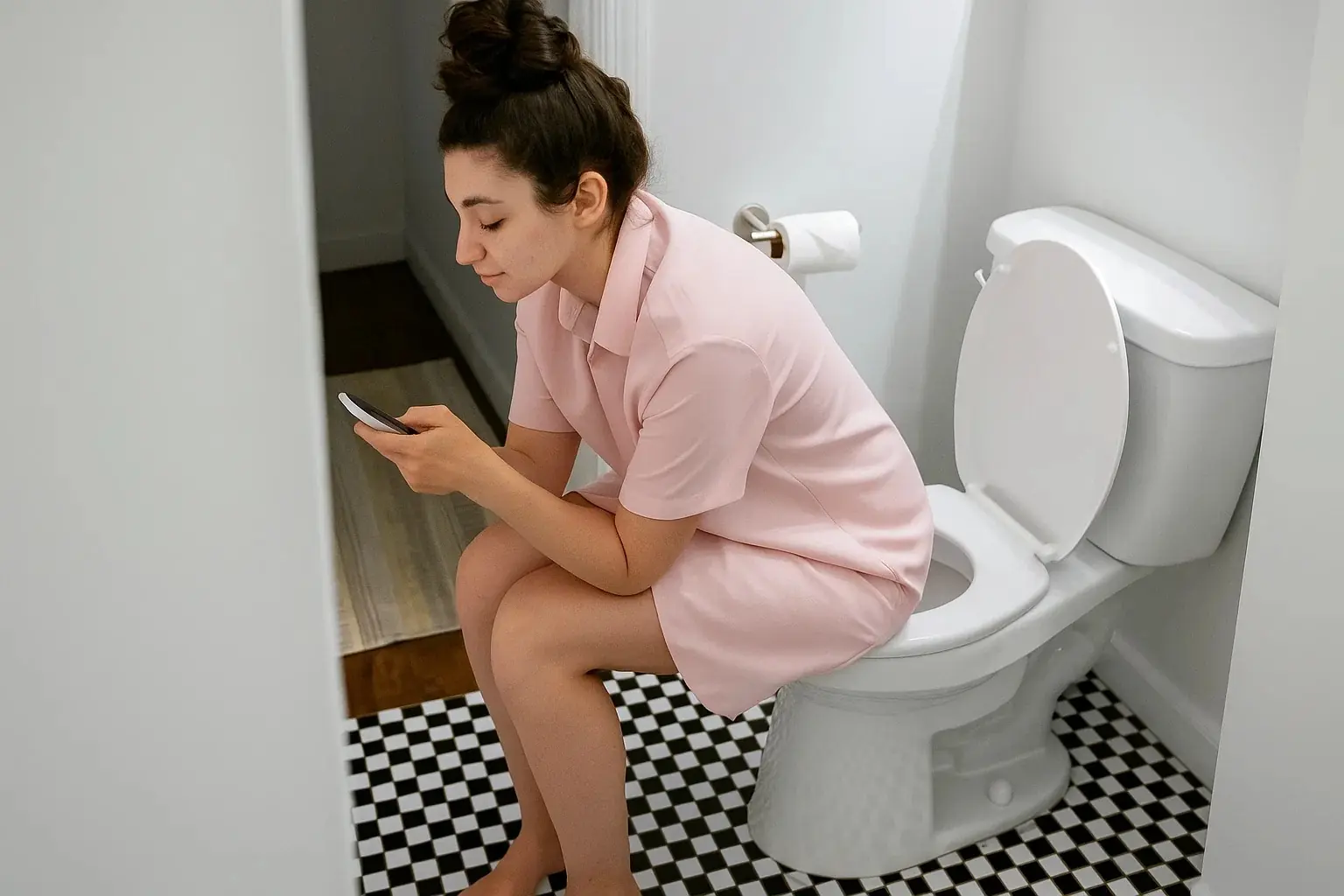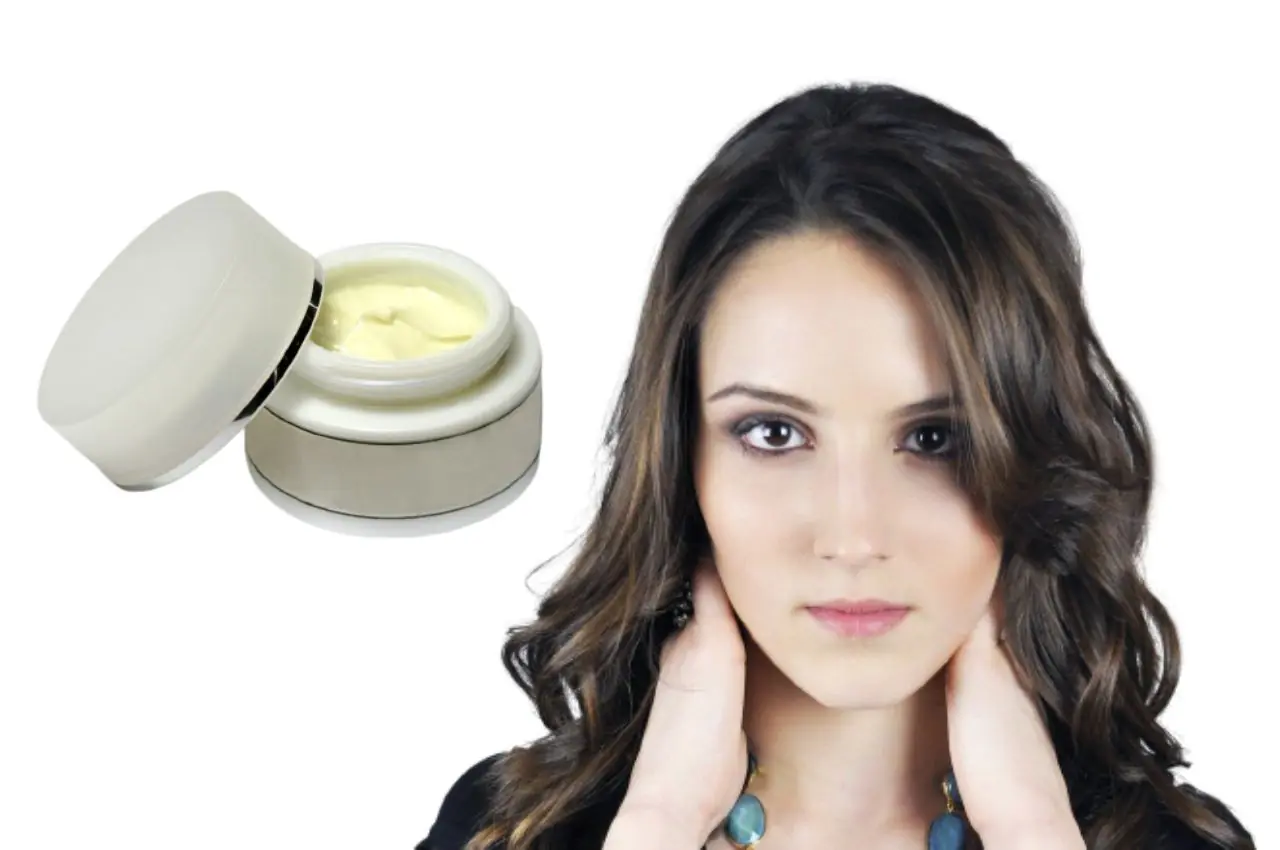For many, the bathroom has become more than a necessity—it’s a private escape, a brief pause in the day, and for some, even a mini reading lounge. But researchers warn that lingering too long with your smartphone on the toilet may quietly be raising y
Closing the bathroom door often feels like a moment of solitude, especially in busy households. Traditionally, people might have kept a magazine or book nearby to pass the time. Now, that quiet ritual has been replaced by smartphones, with endless news feeds, social media updates, and video clips keeping people glued to the screen.
But there’s a catch: the longer you sit, the more your health may pay the price. A recent study published in PLOS One found a significant association between toilet phone use and hemorrhoid risk.

What Are Hemorrhoids and Why Time Matters
Hemorrhoids are swollen veins in and around the rectum and anus that become enlarged due to prolonged pressure. They can cause discomfort, itching, pain, and sometimes bleeding. While hemorrhoids are not life-threatening, they can be extremely bothersome and reduce quality of life.
Experts have long suspected that extended toilet sitting could be a factor, but the new research connects this habit directly to smartphone use. As Dr. Trisha Pasricha, the study’s senior author and a gastroenterologist at Beth Israel Deaconess Medical Center in Boston, explained:
“People lose track of time when they have their phones in the bathroom. These apps are designed to keep us scrolling, and now we’re seeing the consequences extend into unexpected areas of health.”
The Study at a Glance
The research surveyed 125 adults undergoing colonoscopy screenings. Participants were asked about their toilet habits, including whether they used smartphones while seated, how much time they typically spent, their fiber intake, and their exercise routines—all factors known to influence hemorrhoid risk.
Key findings include:
- 66% of participants admitted to using smartphones on the toilet.
- Smartphone users spent much longer sitting than non-users.
- 46% higher risk of hemorrhoids was observed among those who scrolled in the bathroom.
- About 37% of phone users sat more than 5 minutes, compared with just 7% of non-users.
- The most common activities were reading the news (54%) and browsing social media (44%).
Endoscopic examinations confirmed the presence of hemorrhoids in many cases, strengthening the link between phone use and the condition.
Why the Toilet Poses a Unique Risk
Simply sitting too long can increase hemorrhoid risk, but the toilet seat adds extra strain. The open seat design leaves the pelvic floor unsupported, which causes pressure to build in the rectal veins. Over time, this pressure leads to swelling.
Dr. Pasricha explained: “When you’re sitting on an open toilet bowl, you don’t have the pelvic support you would on a chair. The blood can pool, making hemorrhoids more likely.”
Adding smartphones makes things worse because people hunch forward, disrupting the natural alignment of the rectum and anus. Dr. Hima Ghanta, a colorectal surgeon in New Jersey, noted that historically, squatting was the more natural position for bowel movements. Modern toilets, combined with longer sitting times, have contributed to rising cases of hemorrhoids.
Constipation or Scrolling?
Interestingly, the study did not find that smartphone users strained more than non-users. Instead, it was the passive sitting time—not constipation—that seemed to drive hemorrhoid development. This suggests that the distraction of scrolling keeps people seated long after they’ve finished, allowing hemorrhoidal cushions to swell.
Younger Generations at Risk
Although the study focused on adults over 45, experts caution that the problem may be even greater among younger people, who rarely part with their phones. Dr. Sandhya Shukla, a gastroenterologist in New Jersey, said she is seeing more young patients presenting with hemorrhoid issues. Lifestyle factors like low fiber diets and sedentary routines contribute, but prolonged toilet scrolling is now considered a key trigger.
How to Lower Your Risk
The best solution is simple: leave the phone outside the bathroom. If that feels impossible, doctors suggest limiting time to no more than 5–10 minutes—and ideally around 3 minutes.
Tips from experts:
- Set a timer if you tend to lose track of time.
- Use bowel-friendly posture aids, like a footstool, to mimic a squat position.
- Check in with yourself—if nothing’s happening after a couple of minutes, get up and try again later.
As Dr. Ghanta put it, “In most parts of life, we tell people to slow down and take their time. But when it comes to toilet habits, quicker is healthier.”



































